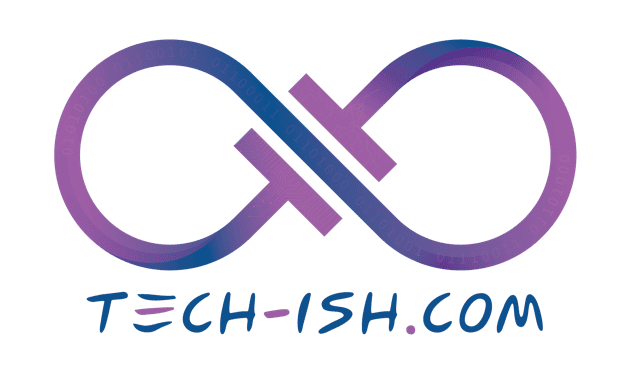
According to the CA’s latest Audience Measurement and Industry Trends report for Q3 2024/25 (January-March 2025), Facebook and WhatsApp remain the country’s most dominant social media platforms, leading by a wide margin. The two Meta-owned platforms are almost synonymous with internet use itself, thanks to affordable data bundles, app pre-installs, and deep integration with everyday life.
TikTok and YouTube follow in third and fourth place, respectively, showing strong performance among younger, urban users. TikTok in particular is becoming a hub for bite-sized content, citizen journalism, and youth expression—offering a real challenge to Facebook’s long-standing supremacy.
According to the data, Facebook remains the most widely used platform, with 63.2% of Kenyans engaging with it in Q3 2024/25, a slight increase from 62.0% in Q2. WhatsApp follows closely, with 52.9% usage, up from 48.5% in Q4 2023/24, reflecting its growing role in communication and content sharing. The platforms’ widespread adoption underscores their influence in Kenya’s digital space, serving as key channels for news, entertainment, and social interaction.
However, TikTok is emerging as a strong contender, climbing to 29.2% usage in Q3 2024/25 from 28.1% in Q4 2023/24. This growth highlights TikTok’s appeal, particularly among the youth aged 15–34, who form the core of Kenya’s online audience. The platform’s short, engaging video format resonates with Gen Z and millennials, offering a dynamic alternative to the more static content on Facebook and WhatsApp. YouTube also maintains a solid presence at 25.1%, catering to users seeking longer-form video content.
Here’s the full list the most popular social media platforms in Kenya in Q3 2024/25 ranked by usage percentage:
- Facebook: 63.2%
- WhatsApp: 52.9%
- TikTok: 29.2%
- YouTube: 25.1%
- Instagram: 12.7%
- Twitter (X): 10.8%
- Google: 6.7%
- Opera Mini: 3.5%
- Chrome: 2.4%
- Telegram: 1.8%
- LinkedIn: 0.8%
- Email: 0.6%
- Snapchat: 0.2%
The report notes a decline in usage for platforms like Twitter (now X), which dropped to 10.8% from 12.8% over the same period, and Instagram, which saw a slight dip to 12.7% from 13.2%. Other platforms, including Google, Opera Mini, and Snapchat, lag far behind, with usage rates below 9%. This shift suggests that Kenyans are gravitating toward platforms that offer either robust communication features or visually engaging content.

With over 59% of Kenyans accessing the internet regularly, primarily via smartphones, the rise of TikTok presents both a challenge and an opportunity for broadcasters and advertisers. As the platform gains traction, content creators can leverage its viral potential to reach younger audiences, while established platforms like Facebook and WhatsApp remain essential for broader engagement.
The data shows that social media in Kenya is not about trends—it’s about utility. WhatsApp is for communication, Facebook is for updates, TikTok is for fun, and YouTube is for everything in between. For businesses and content creators, this breakdown is key. Want to reach Gen Z? Start with TikTok. Want to rally community groups or run a political campaign? Facebook is still king. And for customer support or viral marketing? WhatsApp remains unbeatable.
But regardless of the platform, it’s clear that Kenyans are scrolling more than ever—and they’re doing it mostly on smartphones.
Discover more from Techish Kenya
Subscribe to get the latest posts sent to your email.



